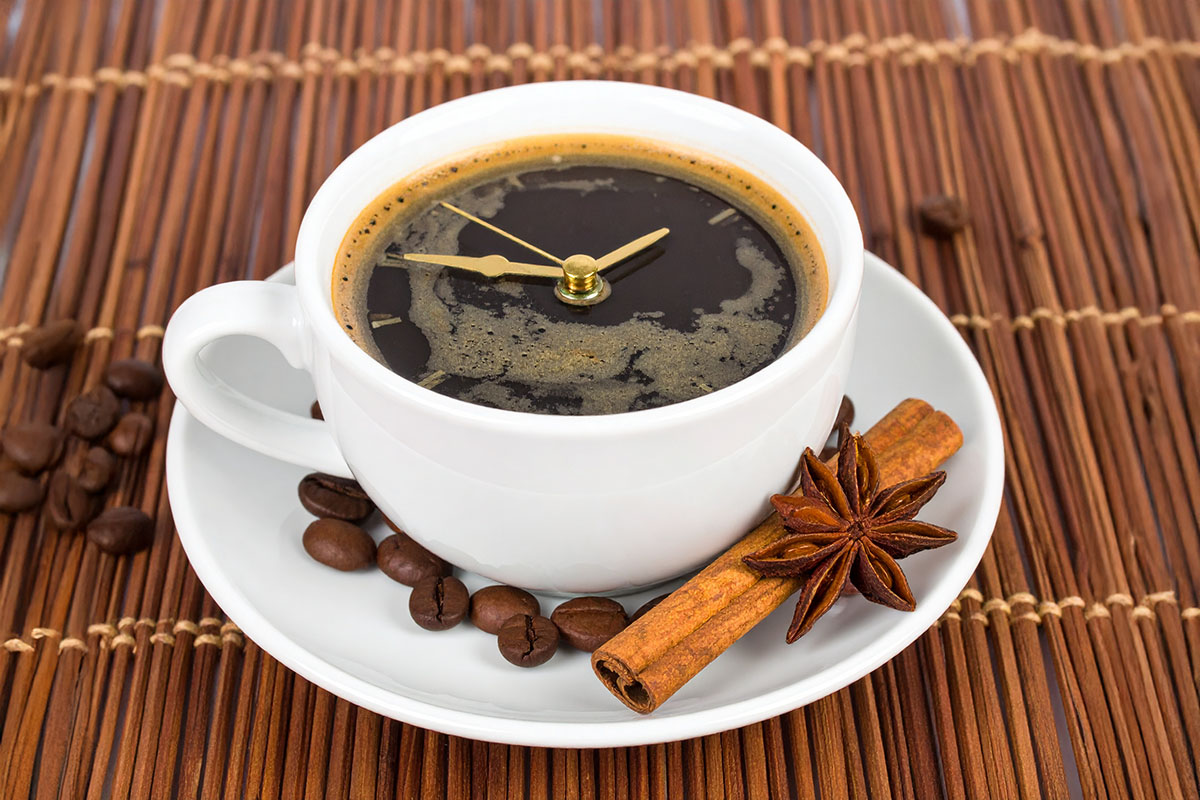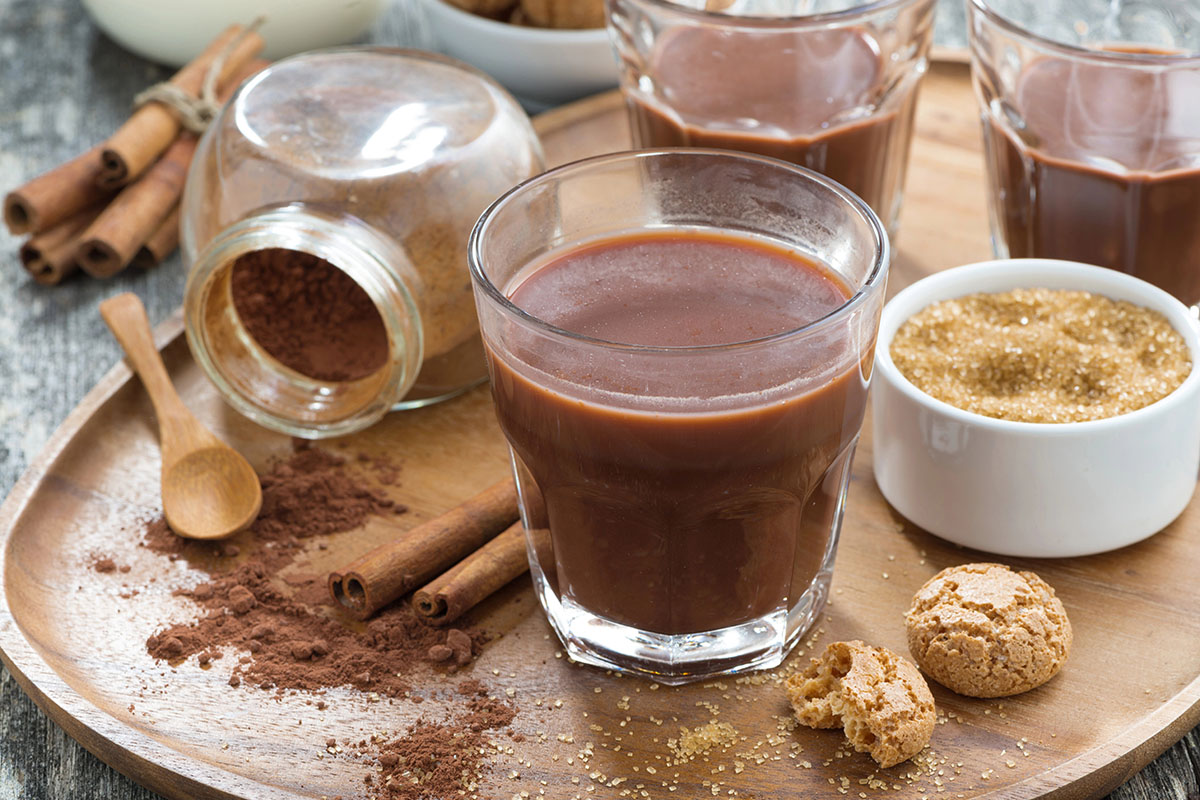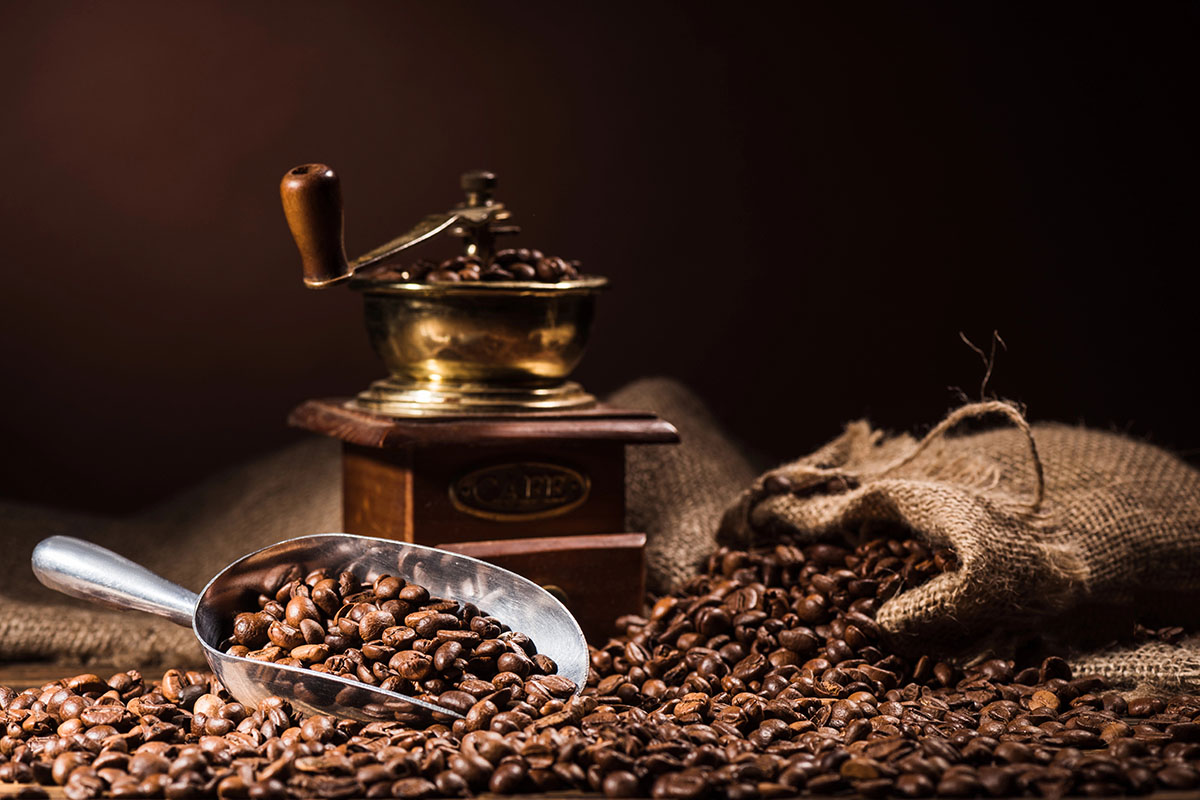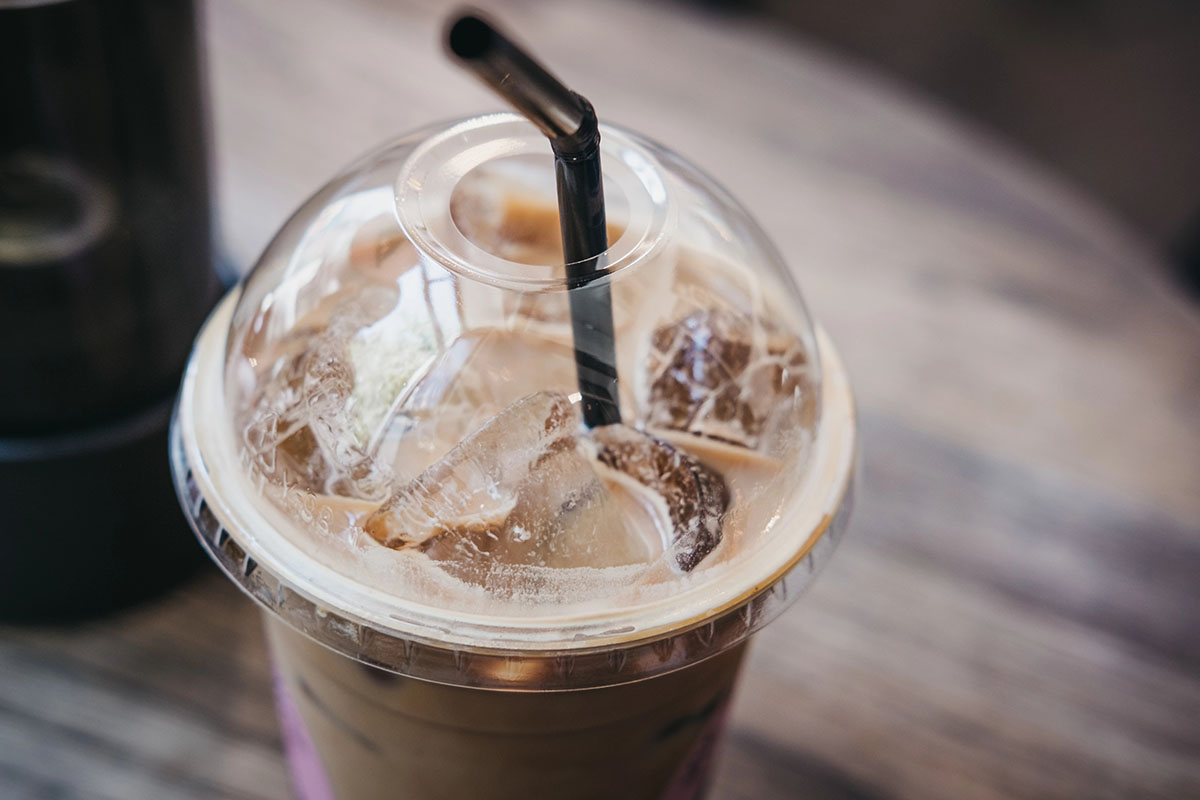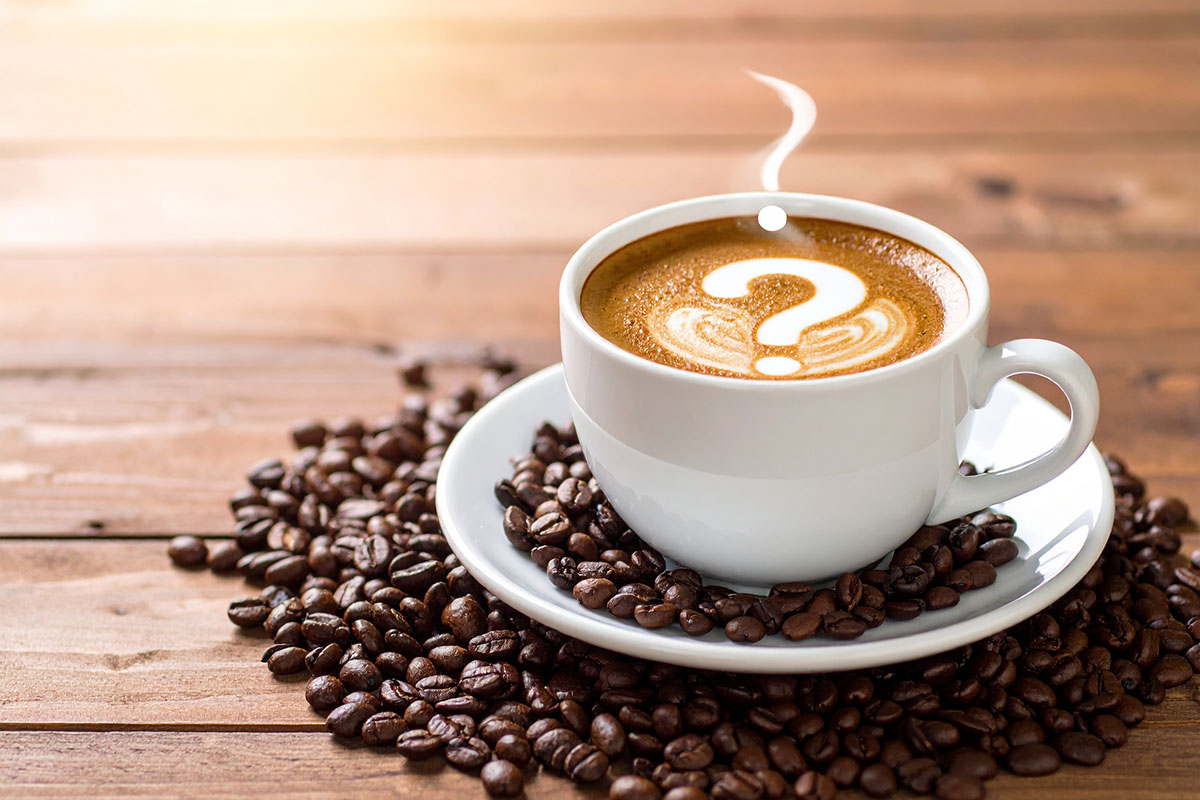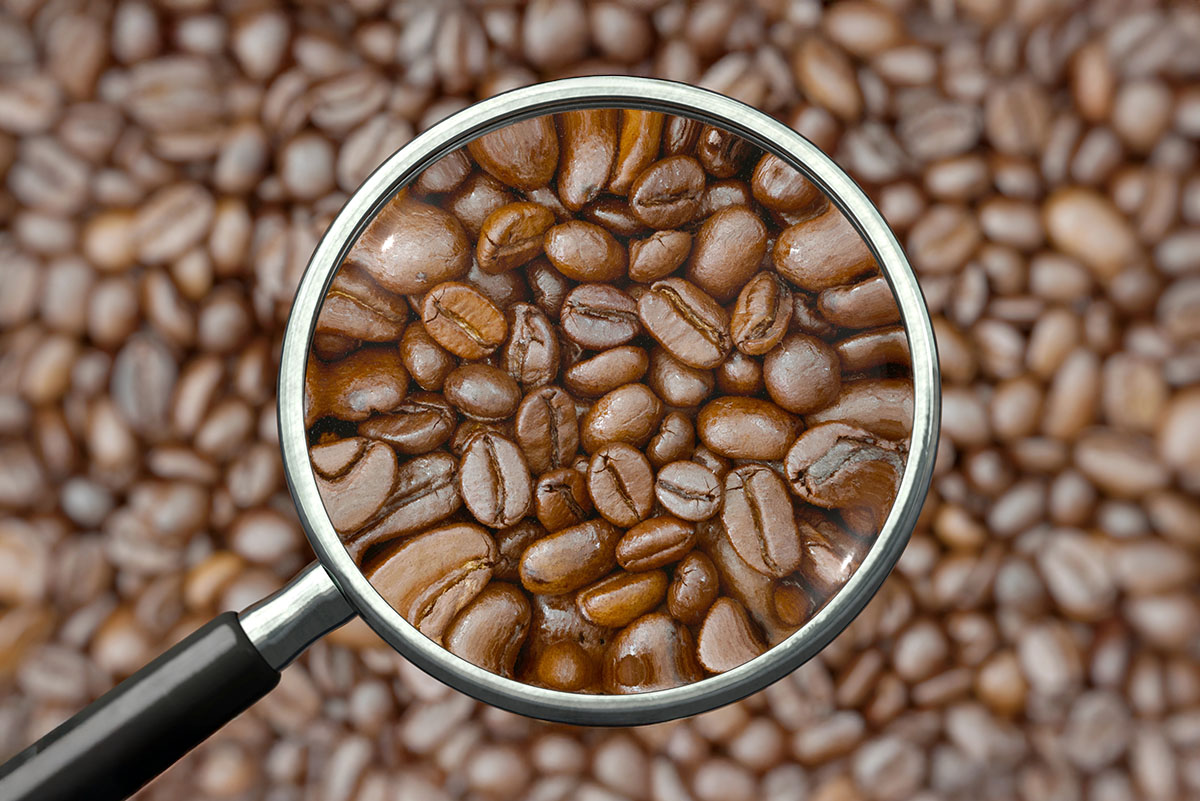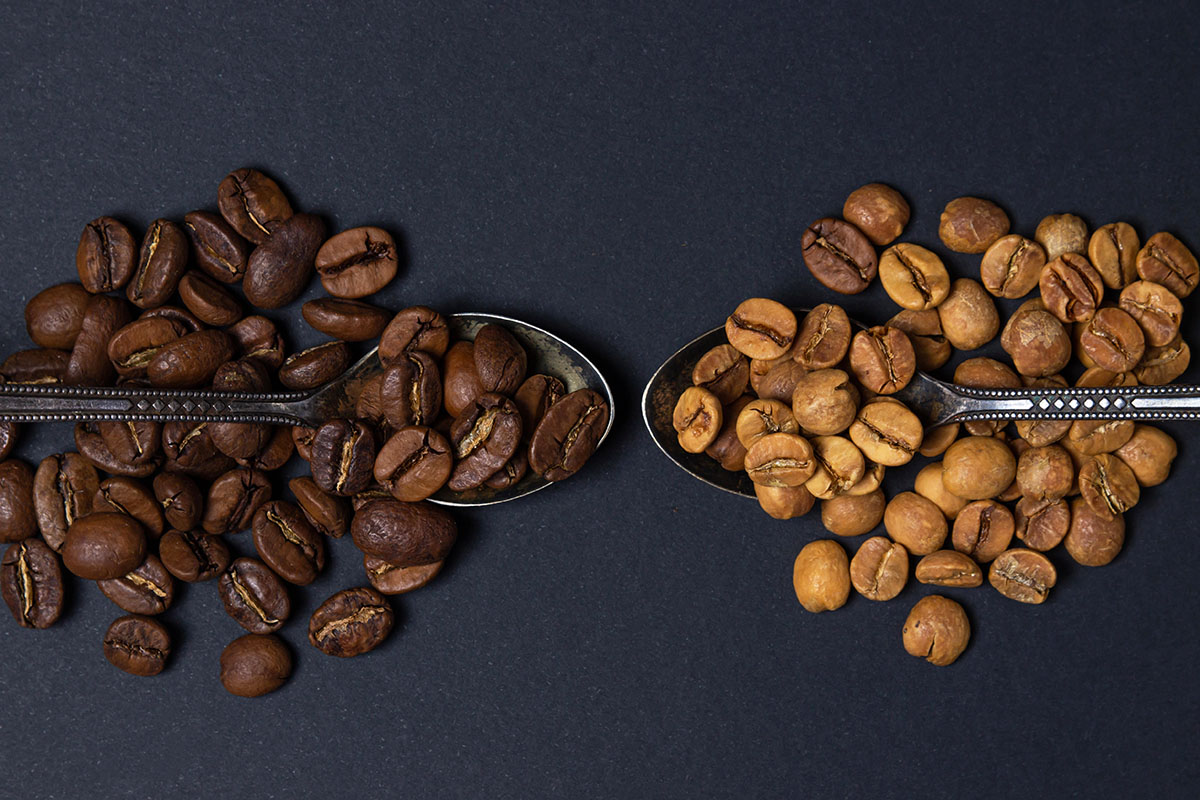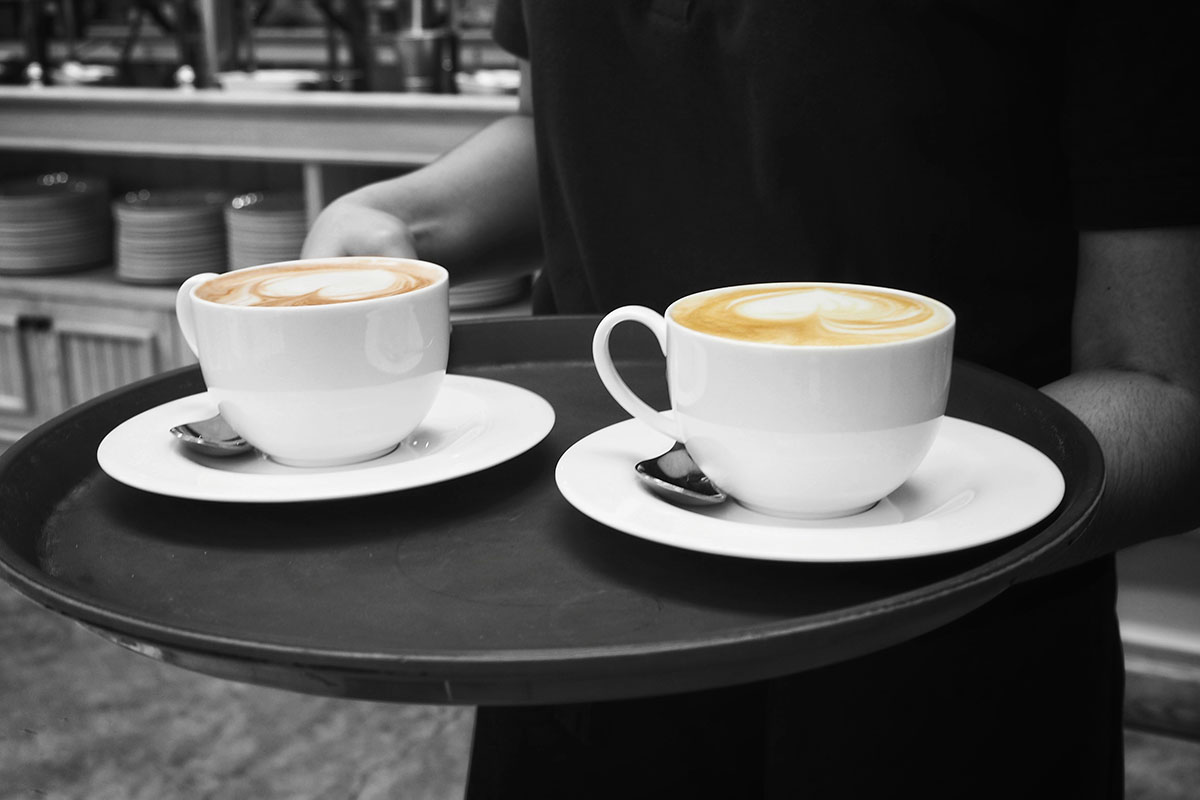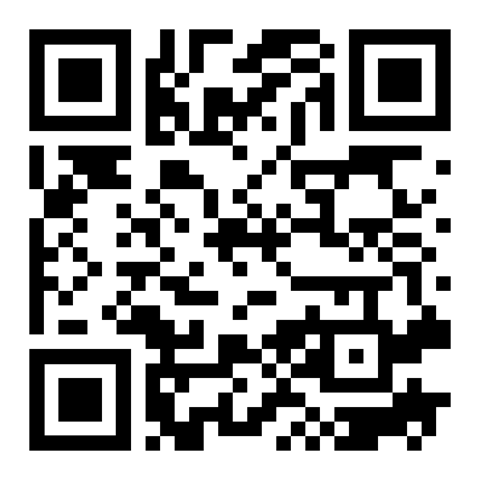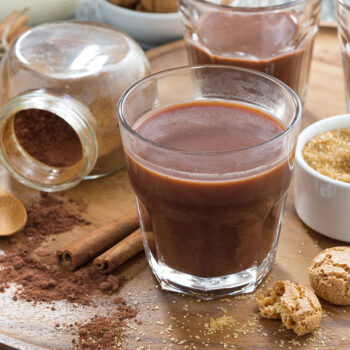It’s a ritual as old as the 8 AM lecture: you roll out of bed, feeling like a zombie, and make a beeline for the coffee pot or the nearest Mochas & Javas. You chug that first cup on autopilot, desperately waiting for the magical jolt that will make you feel human again.
We’ve all been there. We treat that first-thing-in-the-morning coffee like a lifeline. But what if I told you that this sacred morning ritual is actually one of the least effective ways to use caffeine?
Getting the most out of your daily coffee isn’t just about what you drink; it’s about when you drink it. By understanding a little bit of your body’s natural science, you can turn your coffee from a desperate habit into a strategic tool for all-day energy and focus. Let’s debunk the myths and find your perfect caffeine window.
MYTH: You need coffee the second you wake up.
FACT: Your body is already naturally caffeinated.
This is the most important secret for understanding how caffeine can affect your day. Your body runs on a 24-hour internal clock called the circadian rhythm. As part of this rhythm, your body produces a hormone called cortisol.
Think of cortisol as your body’s own built-in energy drink. It’s a natural stimulant that makes you feel awake, alert, and ready to go.
Your body produces the highest levels of cortisol within the first hour of you waking up. It’s your natural wake-up call.
When you drink coffee during this peak cortisol window, you’re essentially pouring a stimulant on top of a stimulant. Not only do you get less of a “kick” from the caffeine because you’re already naturally wired, but it can also encourage your body to build a higher tolerance to caffeine much faster. You’re working against your body’s rhythm, not with it.
THE GOLDEN WINDOW: Your First Coffee of the Day
WHEN: Mid-Morning (approx. 9:30 AM – 11:30 AM)
So if not first thing, then when? The answer is to wait until your natural cortisol levels start to dip. For most people who wake up on a standard schedule, this “golden window” opens up about two to three hours after waking.
Timing your first coffee for mid-morning allows the caffeine to work its magic right as your body’s natural energy starts to wane. Instead of a jolt, you get a smooth, effective lift that carries you through the late morning and into the afternoon.
This is the perfect time to grab a latte or a cold brew to power through that tough lecture, start a big essay, or tackle a complex problem set. You’re using the caffeine strategically to bridge the gap in your natural energy cycle.
THE AFTERNOON SLUMP: Your Strategic Power-Up
WHEN: Early Afternoon (approx. 1:30 PM – 3:00 PM)
You know the feeling. It’s 2:30 PM, you’ve had lunch, and suddenly your brain feels like it’s wading through mud. The dreaded afternoon slump is real, and it’s caused by a combination of your body’s natural rhythm and the effects of digestion.
This is the second ideal window for a strategic coffee break.
An early afternoon coffee can act as a powerful reset button. It combats the slump head-on, sharpens your focus for late afternoon classes or study sessions, and prevents you from feeling completely drained by dinnertime.
An iced Americano or a double espresso at this time can be the difference between a productive afternoon and a completely lost one. It’s your secret weapon for finishing the day strong.
THE DANGER ZONE: The Late-Night Cram Session
WARNING: Avoid caffeine at least 6-8 hours before bed.
We get it. You have a massive exam tomorrow and you’re staring down an all-nighter. The temptation to slam coffee after coffee is huge. But this is where strategy becomes crucial for your success.
Caffeine has what’s called a “half-life” of about 5-6 hours. This means that if you drink a coffee with 200mg of caffeine at 8 PM, you could still have 100mg of caffeine—the equivalent of a whole cup of tea—in your system at 1 AM.
Caffeine consumed too late might keep you awake, but it wrecks the quality of your sleep. It disrupts the deep, restorative sleep cycles your brain needs to consolidate memories—the very thing you need to ace your test.
You’re better off cutting off caffeine by 3 PM or 4 PM at the latest. This allows you to get a few hours of quality sleep, which will do more for your test performance than a late-night, caffeine-fueled haze ever could.
Your Perfect Coffee Timing, Your Perfect Day
For busy schedules or on-the-go life, your coffee isn’t just a drink—it’s a tool. Time it right, and it fuels you through morning lectures, mid-afternoon slumps, and even pre-gym bursts without wrecking your sleep or energy tomorrow.
At Mochas, we’ve got all the options to match your timing—strong, smooth cold brews for study blocks, warming lattes after class, and matcha when you need calm focus. Plan your coffee like you plan your day—and watch your productivity soar.
FAQs
What if I work out in the morning? Should I still wait to have coffee?
This is the one major exception. The performance-boosting effects of caffeine are well-documented. If you have an early morning workout or athletic event, having a coffee 30-60 minutes beforehand is a great strategy to improve your endurance and performance, regardless of cortisol levels.
I wake up much earlier/later than normal. Does that change the “golden window”?
Yes, absolutely. The times given are just a guideline for a “typical” schedule. The principle is what matters: wait about two to three hours after your personal wake-up time for your first coffee. So if you wake up at 10 AM, your ideal first coffee time would be around 12 PM – 1 PM.
Does it matter if my coffee is hot, iced, or a latte?
For timing purposes, no. The caffeine content is what matters. The key is to consume your chosen coffee drink within the strategic windows. However, be mindful that different drinks have different amounts of caffeine (e.g., cold brew is often more potent than a standard drip coffee).
If I stop drinking coffee first thing in the morning, will I get withdrawal headaches?
It’s possible if your body is very accustomed to that morning jolt. You can ease into a new schedule. For a few days, try having just a small amount of coffee when you wake up (like a quarter of a cup) and then have your full cup during the mid-morning window. This can help your body adjust more smoothly.
How much coffee is too much in a day?
According to the FDA, up to 400 milligrams of caffeine a day is generally considered safe for most healthy adults. That’s roughly the equivalent of four 8-ounce cups of standard drip coffee. It’s important to listen to your own body—if you feel jittery, anxious, or have trouble sleeping, you may need to cut back.

